Introduction
Wearable technologies and applications have become game-changers in the quick-paced world of technology, easily adjusting to our daily routines.
From monitoring health parameters to enhancing our connectivity, these gadgets have become indispensable. Let’s explore the answers to common questions and delve into the significance of wearable technology.
1. Can Wearables Measure Blood Pressure?
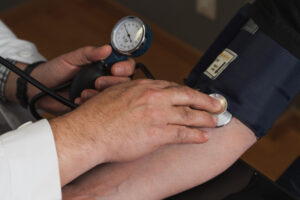
Yes, many modern wearables come equipped with advanced sensors that can accurately measure blood pressure. These devices provide users with real-time insights into their cardiovascular health, allowing for proactive management.
2. Can Wearables Detect Sleep Apnea?
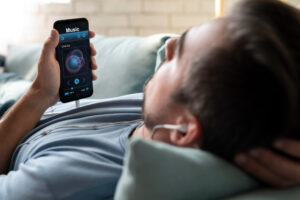
Absolutely. Wearables with sleep tracking capabilities can detect sleep apnea by monitoring breathing patterns and sleep disturbances. These devices contribute to early detection, facilitating timely intervention and improved sleep quality.
3. Why is Wearable Technology Important?

Wearable technology is crucial because it empowers individuals to take control of their health. It offers real-time data, fostering a proactive approach to wellness. Furthermore, wearables improve connection, which helps consumers stay informed and connected in the fast-paced world of today.
4. Why is Wearable Technology the Future?
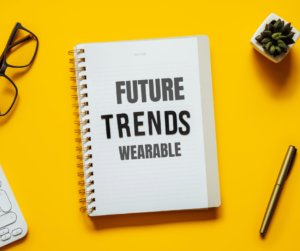
The future is wearable, as these devices continue to evolve and offer increasingly sophisticated features. From healthcare applications to lifestyle enhancements, wearables are becoming more integrated into our daily routines, indicating a paradigm shift in how we interact with technology.
5. Why is Wearable Technology a Trend?
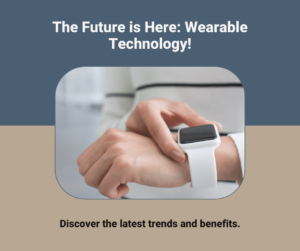
Wearable technology is a trend because it seamlessly merges fashion with functionality. As consumers seek personalized and convenient solutions, wearables meet these demands, making them a popular choice among tech-savvy individuals.
6. Who Invented Wearables?

The concept of wearable technology dates back to the 17th century, but the modern era saw significant developments. Wearable computing is widely credited to Canadian researcher Steve Mann as one of its pioneers. Numerous IT companies and innovators have made contributions to the field over the years.
7. Wearables AI: Siri Olson Bloomberg
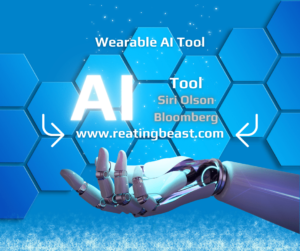
Siri Olson Bloomberg is a prominent figure in the wearables industry, recognized for her contributions to the integration of artificial intelligence (AI) in wearable devices. Her work has played a vital role in enhancing the intelligence and functionality of these gadgets.
8. Wearables Atx and Atelier
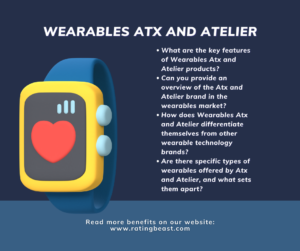
Wearables Atx and Atelier are terms associated with the fashion and design aspects of wearable technology. These platforms showcase the intersection of style and innovation, emphasizing the aesthetic appeal of wearable devices.
9. Wearables and Health: The Medical Revolution

Wearables have sparked a medical revolution by enabling continuous health monitoring. These devices track vital signs, detect anomalies, and provide valuable data to healthcare professionals, leading to more personalized and effective treatments.
10. Wearables App: Samsung, Crashing, Won’t Open
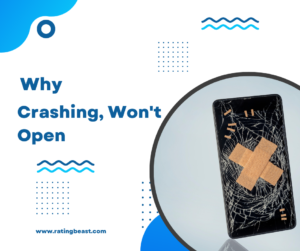
Wearables apps, such as those developed by Samsung, are essential for maximizing the potential of these devices. However, users may encounter issues like crashing or failure to open, often resolved through software updates or troubleshooting. Staying updated and reaching out to customer support can help resolve these issues.
11. Wearables and Augmented Humans
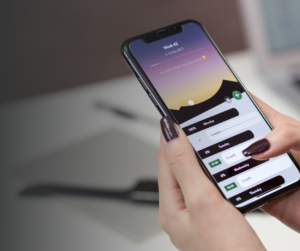
Wearables contribute to the concept of augmented humans by enhancing our capabilities and experiences. From smart glasses to fitness trackers, these devices seamlessly integrate into our lives, augmenting our physical and cognitive abilities.
12. Wearables App: iOS
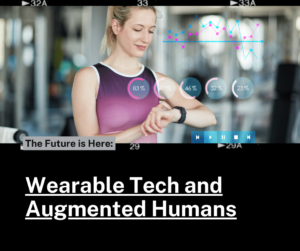
Wearables apps on iOS devices provide a seamless user experience, offering a wide range of functionalities. These apps are designed to work seamlessly with Apple devices, providing users with a unified and efficient ecosystem.
Conclusion
wearable devices and apps are not just gadgets; they represent a transformative force shaping the way we live, work, and take care of our health. As these technologies continue to evolve, the future promises even more exciting possibilities, making wearables an integral part of our digital journey.
